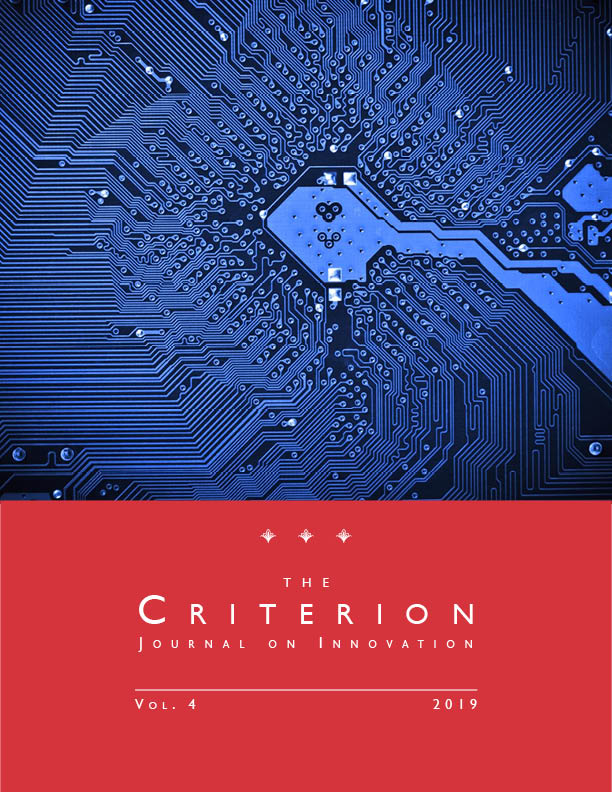Judge Selna’s Errors in TCL v. Ericsson Concerning Apportionment, Nondiscrimination, and Royalties Under the FRAND Contract
Purchase a reprint version of the Article (Amazon) | Read the Article (PDF) | Download the Article (PDF) Download the Article (PDF)In November 2017, District Judge James Selna of the Central District of California determined, in TCL v. Ericsson, a fair, reasonable, and nondiscriminatory (FRAND) royalty for Ericsson’s portfolio of standard‑essential patents (SEPs). In doing so, he rejected Ericsson’s proposed approach, which used evidence from comparable licenses “to measure in absolute terms the value which Ericsson’s patents add to a product.” Instead, Judge Selna used two sets of observations to determine whether Ericsson’s offers to TCL were FRAND. First, using a top‑down analysis, which “begins with an aggregate royalty for all patents encompassed in a standard . . . [and] then determines a firm’s portion of that aggregate,” he concluded that Ericsson’s offers were not “fair or reasonable.” Second, on the basis of the differences between the royalties implied in Ericsson’s offers to TCL and the royalties that Judge Selna derived from comparable licenses that Ericsson had executed with licensees similarly situated to TCL, he concluded that Ericsson’s offers to TCL were discriminatory. Judge Selna then combined the royalty estimates that he derived from his top-down analysis and his analysis of comparable licenses to determine a FRAND royalty for Ericsson’s SEP portfolio. It does not appear that Judge Selna based his precise choice of a royalty rate on the mean (or any other measure of central tendency) of the examined observations. As of this writing, TCL v. Ericsson is on appeal to the U.S. Court of Appeals for the Federal Circuit.
Judge Selna’s opinion in TCL v. Ericsson determining a FRAND royalty for Ericsson’s portfolio of SEPs contains at least four material errors of legal or economic analysis. First, despite his having recognized that Ericsson’s FRAND commitment is a binding contract between Ericsson and ETSI and that TCL was a third-party beneficiary of that contract, Judge Selna failed to identify the precise rights and obligations arising from Ericsson’s FRAND contract with ETSI. His interpretation of those rights and obligations conflicted with what he found to be the purpose of Ericsson’s FRAND contract with ETSI. It is perplexing why, after his having remarked that Ericsson had negotiated with TCL for over six years and had made over a dozen licensing offers to TCL, Judge Selna did not address the obvious question: had TCL exhausted its rights as a third-party beneficiary of Ericsson’s FRAND contract with ETSI?
Second, Judge Selna’s top‑down analysis used faulty inputs and unsupported assumptions, including (1) an arbitrary assessment of an appropriate aggregate SEP royalty for each standard and (2) the improbable assumption that all SEPs in a given standard have equal value. Consequently, his top‑down analysis produced unreliable estimates of a fair and reasonable royalty for a license to Ericsson’s SEP portfolio.
Third, Judge Selna’s analysis of the license agreements that Ericsson executed with third parties contradicted U.S. jurisprudence, industry practice, and established principles of economics and FRAND licensing. Judge Selna used actual revenue from licensed sales to unpack Ericsson’s comparable license agreements, despite the fact that the parties to those license agreements could not have known that information at the time of license execution. Consequently, his unpacking analysis failed to identify correctly the implied royalty that the parties considered to be FRAND compensation for a license to Ericsson’s SEP portfolio. For the same reasons, Judge Selna’s unpacking analysis failed to shed light on whether Ericsson’s offers to TCL were discriminatory.
Fourth, when calculating a FRAND royalty for Ericsson’s SEPs, Judge Selna committed an error in transposition that invalidated his calculations. He also failed to explain how his analysis supported his determination of a FRAND royalty. It is telling that Judge Selna’s determination of a FRAND royalty for Ericsson’s SEP portfolios was significantly lower than Mr. Justice Birss’ determination of a FRAND royalty for the same Ericsson SEP portfolios in Unwired Planet. Finally, Judge Selna failed to recognize that the royalties that he identified would violate his own definition of nondiscrimination under Ericsson’s FRAND contract with ETSI.
These errors of legal or economic analysis are material. Each reduces the reliability of Judge Selna’s analysis. Collectively, they make it improbable that the evidence supports Judge Selna’s findings.

Cite as
J. Gregory Sidak, Judge Selna’s Errors in TCL v. Ericsson Concerning Apportionment, Nondiscrimination, and Royalties Under the FRAND Contract, 4 Criterion J. on Innovation 101 (2019).
